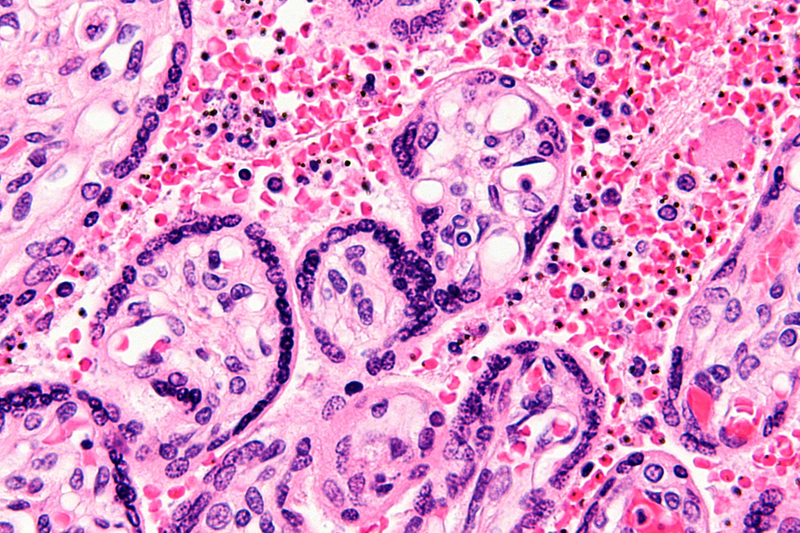New three-way antimalarial partnership
24 April 2018 | Story Supplied. Photo Wikimedia Commons. Read time 2 min.
UCT’s Drug Discovery and Development Centre (H3D), the Merck Global Health Institute and Medicines for Malaria Venture (MMV) will collaborate in a five-year project to expedite the research and development of new antimalarial treatments.
Co-funded by Merck and MMV, laboratory work will take place at H3D, which was established as Africa’s first integrated drug discovery and development centre in 2011. The project includes the training of African scientists.
“Besides contributing to the development of new therapeutic options to treat malaria patients, we are excited to provide opportunities for young African scientists to take part in the science and to improve their knowledge in drug discovery,” says founder and director of H3D, Professor Kelly Chibale.
“Local capacity building is essential for the future of Africa-based research.”
The Merck Global Health Institute, which undertakes research and development that focuses primarily on malaria, schistosomiasis (bilharzia) and antimicrobial resistance, will provide access to 96 000 compounds from its corporate chemical library for screening against various stages of the malaria parasite lifecycle. The institute and MMV, which is a non-profit organisation that partners the pharmaceutical industry to develop antimalarial medicines, will also contribute in-kind drug discovery support and advice.
News of the partnership comes just before World Malaria Day, which takes place for the tenth year on Wednesday, 25 April. This year’s theme is Ready to Beat Malaria, which underscores the collective commitment to tackle one of the world’s oldest diseases. Malaria affects more than 200 million people in the developing world each year, causing an estimated 445 000 deaths.
 This work is licensed under a Creative Commons Attribution-NoDerivatives 4.0 International License.
This work is licensed under a Creative Commons Attribution-NoDerivatives 4.0 International License.
Please view the republishing articles page for more information.
Research & innovation





































